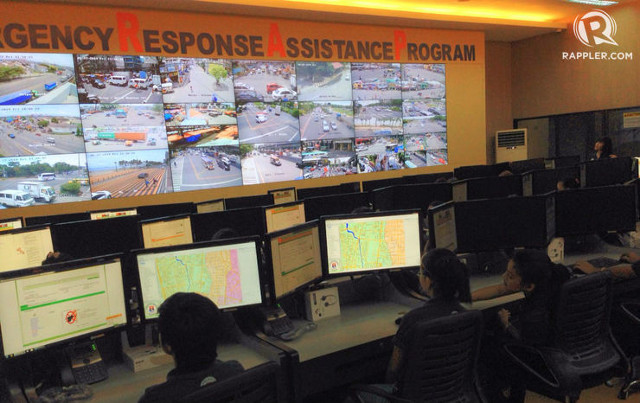SUMMARY
This is AI generated summarization, which may have errors. For context, always refer to the full article.

MANILA, Philippines – If Metro Manila takes a blow from a powerful earthquake, who would be the first to respond? Are these responders ready for such an eventuality? (READ: How prepared is Metro Manila for a strong quake)
In an interview with Rappler Investigative Editor Chay Hofileña, Phivolcs (Philippine Institute of Volcanology and Seismology) Director Renato Solidum explained that earthquake readiness is not just about preparing the immediately affected cities or provinces. It’s also about preparing the cities and provinces nearby to help those affected.
“Preparing Metro Manila for an earthquake would also mean preparing provinces or cities outside of Metro Manila to be prepared to respond to Metro Manila or vice versa,” he said.
Watch the interview here:
According to Solidum, Metro Manila has two major fault lines to watch out for: the West Valley Fault that traverses several cities (Marikina, Quezon City, Pasig, Taguig, Makati, Mandaluyong, Muntinlupa) in the eastern side of the megacity, and the Manila Trench, an underwater fault off the coast of Manila Bay.
See a map of the West Valley Fault here.
But even earthquakes caused by the movement of faults from outside Metro Manila could still cause tremendous damage, as proven by the 7.3-magnitude earthquake in 1968 that toppled the Binondo Ruby Tower, killing 268 people. The earthquake emanated from a fault in Casiguran, Aurora, more than 200 kilometers from Metro Manila.
Isolated Metro Manila
A Manila-wide earthquake drill held on July 2 was meant to prepare citizens for a 7.2-magnitude earthquake, the strength of the Visayas earthquake in October 2013. (INFOGRAPHIC: How powerful is a 7.2-magnitude earthquake)
According to Solidum, research shows that such an earthquake can kill around 34,000 people and cause damages amounting to more than P2.2 trillion ($ 50.7 billion*).
An incapacitated Metro Manila would have grave repercussions for the entire country, as it is where the capital and all national government offices are located.
A 2004 study conducted by the Japan International Cooperation Agency (JICA) found that 7- or 8-magnitude earthquake could pretty much isolate Metro Manila. Power supply and communication would be cut, roads would be impassable, bridges could collapse.
If bridges traversing the Pasig River are damaged, the cities on opposite sides would be unable to reach each other.
If the earthquake rendered the Ninoy Aquino International Airport (NAIA) and Manila port unusable, the megacity would need lifelines from outside its borders.
All this provides even more reason for individuals, families, and communities to be self-reliant when the quake is over and its effects must be dealt with.
“People should not expect that help will come to them right away. Therefore, it is a must for communities to have their own capacity to respond to their own neighboring communities or to their neighbors in their own communities,” stressed Solidum.
Helping the responders
But beyond preparing itself, the Philippine government is making sure it has responders from outside.
Since 2005, the country has been coordinating with the United Nations Office of Coordination for Humanitarian Affairs.
“They have an international search and rescue group. We’ve been having exercises with them every two years. Civil military drills happen every year for either typhoon or earthquake,” Solidum said.
The government is also making sure it can facilitate the immediate arrival and entry of foreign search and rescue groups.
Much still must be done to beef up the ability of other Philippine local governments to respond. Solidum said there is a great need to establish more search and rescue groups all over the country.
Local governments, including those in Metro Manila, should also prepare themselves to be the first responder, Solidum added.
“If I’m the official of a city, you might think that you’re building the search and rescue group for them to be used in your own disaster if it happens in the future. But you should also think, this can help other cities. Filipinos are known for their bayanihan spirit (spirit of cooperation) supposedly, so we need to practice that.” – Rappler.com
*$1:P43.3
Add a comment
How does this make you feel?
There are no comments yet. Add your comment to start the conversation.